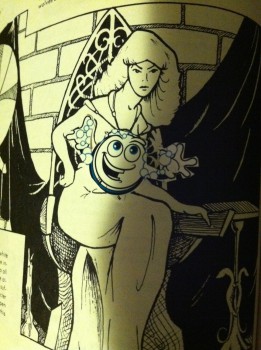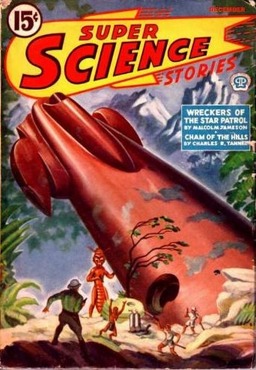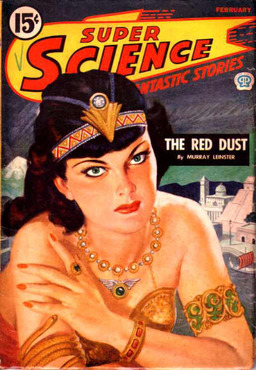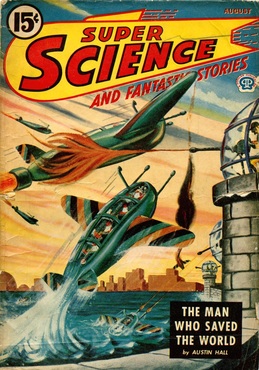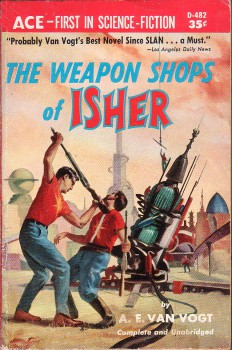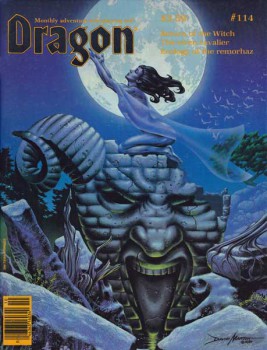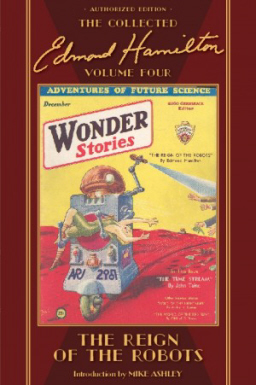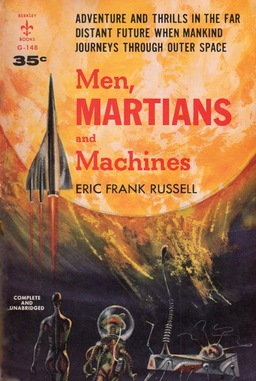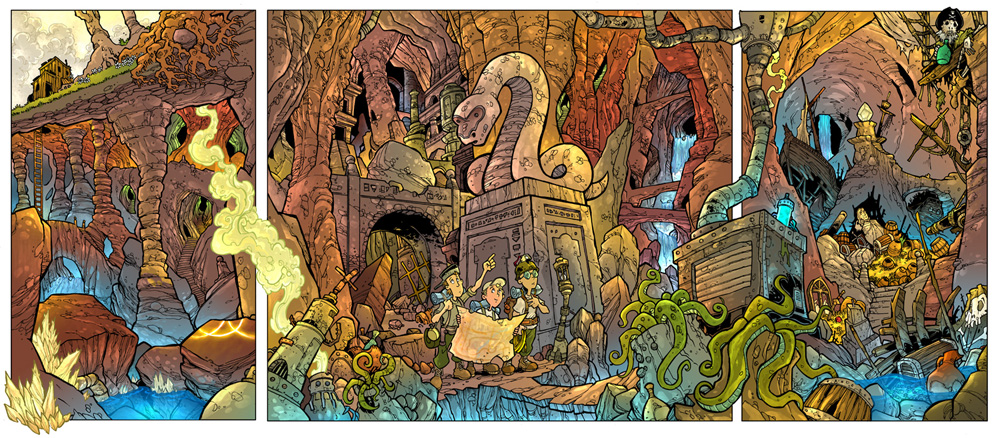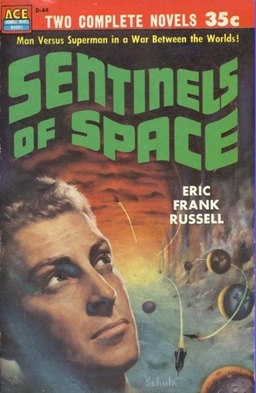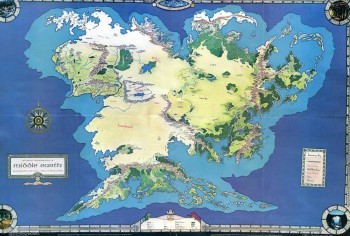In Pursuit Of the Dragons Of Britain
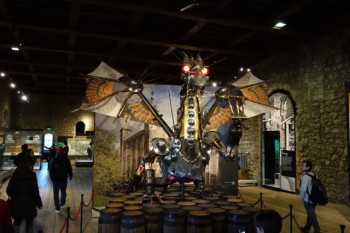
As some few of you may know, I recently abandoned my luxurious offices in Black Gate’s sprawling Indiana Compound and have set my course by a wandering star. My prime objective (if not my Prime Directive) is to find a real, live dragon.
So far, no go. On the plus side, I have found definite signs of dragons in all quarters of my British hunting grounds. In fact, if carvings and statuary are any guide, dragons remain downright popular and have been so for centuries. Surely their real life counterparts cannot be far afield? Lurking just over the next moor, I should think, spitting flame and devouring maidens.
The most remarkable thing about dragons is how they induce credulity. Dragon fans become, with time, less like a fine aged wine and instead rather like my old friend Fox Mulder: against all reason, we want to believe. Maybe firedrakes and so on don’t exist –– maybe I’m off on a wild goose chase, and I should scarper back to the Indiana Compound forthwith –– but having grown up on Smaug, Quok, and the Reluctant Dragon, I find that I run along on fumes of faith. Dragons are simply too magical to track them with anything less than full-bore belief.
